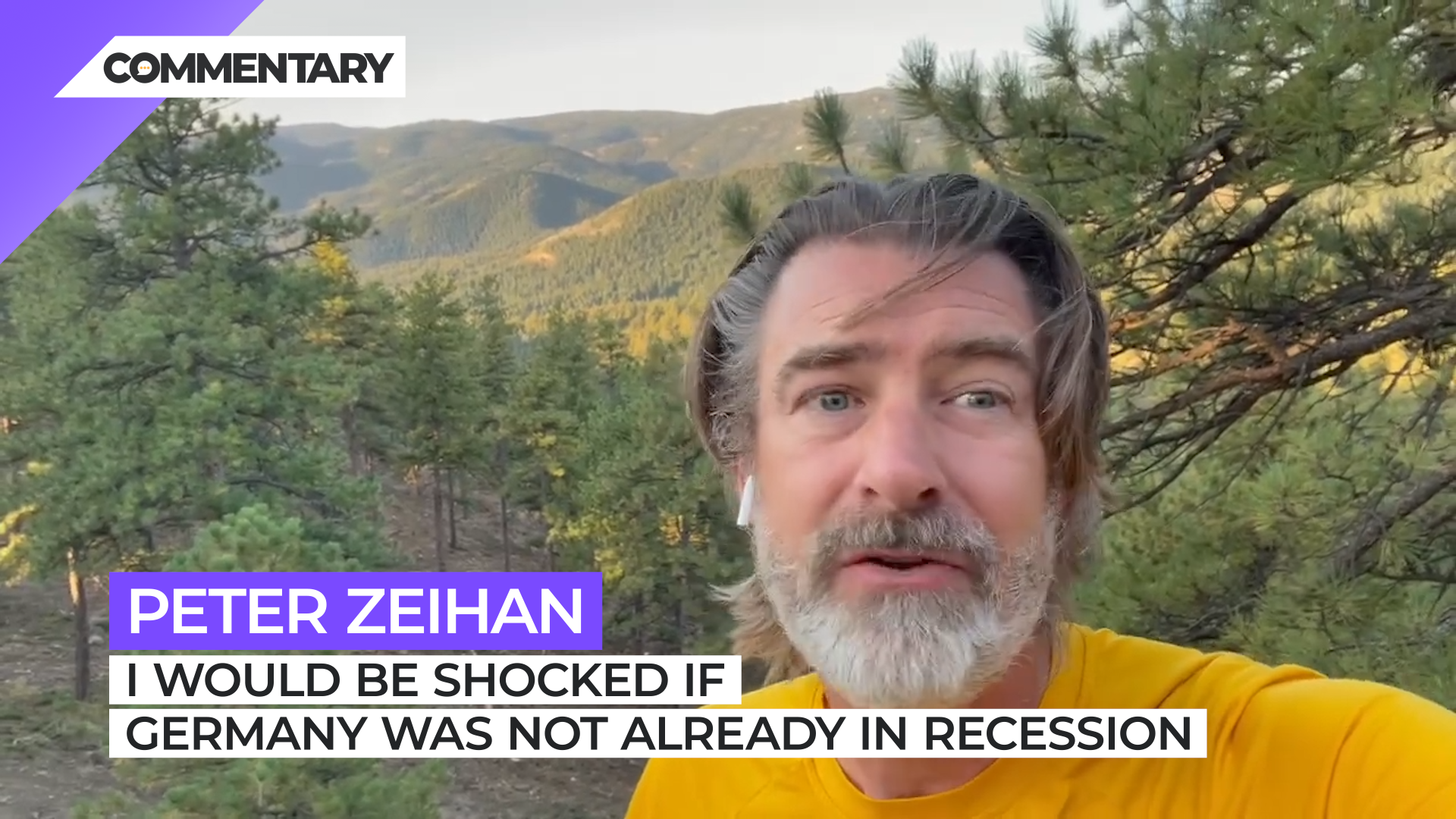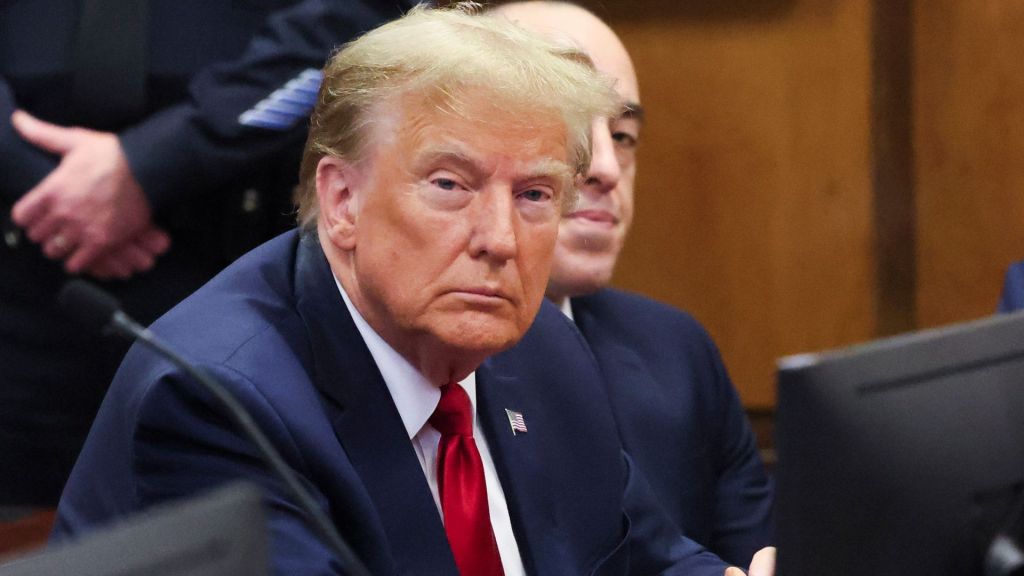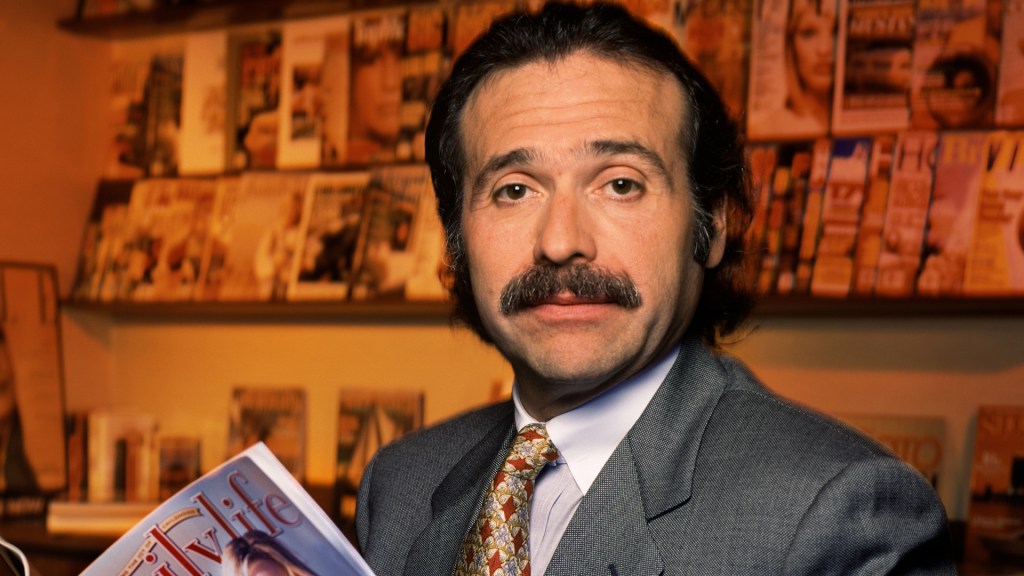
Commentary
-
Our commentary partners will help you reach your own conclusions on complex topics.
Hi, everyone …Peter Zeihan here coming to you from Colorado. I’ve been going out of my way to not talk about the energy situation in the Ukraine War, because so much has changed in the last two months and I wanted to kind of get a good overhaul. We’re still not at a point where I can give you a really firm prediction on too much of anything, but I do want to point out a couple of basic things about energy markets. Energy markets are so volatile because demand tends to be elastic. So like, if you say you need a gallon of gas to get from home to work and you can only get three quarters of a gallon, you don’t go to work. So you have to scrimp and save and hoodwink and steal in order to get that extra quarter of a gallon. Otherwise your life falls apart.
It’s very similar for industrial needs to make petrochemicals or heating for your house. You either have it, or you don’t. And you are going to pay through the nose to get that last little bit. That means most of the pricing power in most energy markets comes from the cost structure and the pricing power of the marginal supplier. So whoever produces that last extra one, two or 3 percent, they’re the ones who set the market price for everything. Now, what that means in the case of the Ukraine War and the situation in Europe is, the Russians have gone from providing baseload cheap energy to the European continent, to suddenly removing…themselves from the market. So the marginal suppliers in Europe are now setting the price. Even worse, you’re talking at somewhere – based on the country – somewhere between 10 and 30% of total energy now has to come from somewhere else.
So a lot has been made of the Germans bringing on these new liquified natural gas or gasification facilities so they can bring in LNG from different continents. And a lot has been made of the Europeans being able to reduce their demand by 10, 15 percent. These are all relevant things. And the Germans have been able to get their storage back up to 85 percent. And these are all good things. But that means there will be enough supply, but it’ll be at a very different cost structure because now 10 to 30% of the supply is coming from new marginal suppliers who are much farther away, with much higher cost structures. As a rule, liquified natural gas is the most expensive way to move natural gas from one place to another. Because you have to basically freeze it into a liquid, put it into a specialized tanker, ship it across an ocean, unload it in another specialized facility that can then re-gasify it and put it in your system.
And in the case of Germany, they’re using ships to do that last step, which is also the most expensive way to do it. So the cost structure for this new stuff is 2, 3, 4, 5 times as much as what the Russians used to sell their natural gas to Europe for. And that sets the price structure for the entire natural gas market, heating market, industrial energy market and electricity market. So on the good hand…yes, the Europeans are unlikely to see the lights actually go out because of a lack of material. That’s great. They’re going to see it go out because of a price level that no one can afford. Now the only way you can deal with this is by reducing marginal demand.
You’re talking about everyone needing to cut their energy consumption by about 10 to 30 percent. Right now the Europeans are a little ahead of the schedule on that, but they haven’t had to shut down anything from an industrial point of view, and that is coming. One of the key things to remember is that Germany is not like the United States. In the United States, we’re relatively agnostic about where we get our energy: Domestic versus foreign, coal versus natural gas versus solar versus wind. And because of that, no marginal supplier in the national market is able to really dictate prices because there’s always a replacement system. Well, the Germans are removing nuclear from the mix and the Russians have removed natural gas from the mix and other countries have coal or nuclear. Germany doesn’t have any of that. So they’re all being supplied by marginal demand. I’m sorry, being supplied by marginal suppliers right now.
And if you go into winter when demand skyrockets, because you know, you’re cold in the winter, you know that the prices are going to go through the roof, even if supplies are not in danger. What that means is in Germany, we have a very big problem coming up. Not just because we’re gonna be seeing blackouts or brownouts or high prices; but in order to crush that demand the German government’s going to have a very clear choice to make.
Let their people freeze in the dark or reduce industrial demand. And unlike the United States where we’re very agnostic about where we get our petrochemicals and what fuel sources go into it, because the Germans have removed so many things from the equation, they use Russian natural gas to fuel their petrochemicals, to provide the base for their heavy and medium manufacturing. And if you remove that from the mix, that is the end of the German manufacturing model.
I would be shocked if Germany was not already in recession. And this winter, when this system breaks down, that means we’re going to have an industrial recession in Germany and every country that participates in that industrial system. That includes the Netherlands, Belgium, Austria, Poland, Slovakia, Hungary, the Czech Republic and probably a couple that I didn’t mention just because I forgot.
So we are looking at the end of what makes the heart of German manufacturing and the European economy work, this winter. Okay. That’s it for me until next time.
-
Can other nations replicate success of US shale revolution?
The “shale revolution” has provided the United States with a bountiful domestic supply of oil. But extracting oil from shale is a highly technical process, and it is also dependent on specific geological formations. Straight Arrow News contributor Peter Zeihan tackles the question of whether or not other nations might be able to replicate the…
-
Peace between Israel and Iran, at least for now
A series of recent airstrikes between Israel and Iran inflamed fears of a wider regional war erupting in the Middle East. That concern now seems to have paid off, after third-party countries around the world successfully intervened and talked down military hardliners in both Israel and Iran in order to avoid such an outcome. Israel’s…
-
Global internet in a precarious state, but that could be a positive
Over 500 underwater cables span over 870,000 miles worldwide, serving as the foundation of the modern global internet. Despite their critical role in facilitating communication, these cables often go unnoticed, even as the amount of data transmitted through them has surged. So what happens if the cables fail? Straight Arrow News contributor Peter Zeihan contends…
-
Water wars are an unlikely future
Foreign policy writers have long warned of the possibility that clean drinking water might become “the next oil” — that is, that major wars might be fought around the globe over access to potable water. With expanding populations and finite water supplies, these critics argue that humans will inevitably fight each other to secure drinking…
-
Are Russia’s hypersonic missiles too good to be true?
Russia has reportedly used five of its new hypersonic Zircon missiles to target Kyiv since the beginning of 2024. Russia claims that these sea-based missiles, boasting a range of 625 miles and capable of traveling at nine times the speed of sound, are part of its family of “superweapons” aimed at penetrating the U.S. missile…
Latest Stories
-
 Getty Images
Getty Images
FTC votes to ban non-compete clauses
-
 Reuters
Reuters
Tennessee legislators pass bill allowing teachers to carry guns in classroom
-
 Getty Images
Getty Images
Senate passes $95B aid package; TikTok bill included
-
 Machina Labs
Machina Labs
Robotic craftsman provides solution for aging military systems needing repairs
-
 Boeing
Boeing
Machina Labs tackles military challenges with new tech: Weapons and Warfare
Popular Opinions
-
In addition to the facts, we believe it’s vital to hear perspectives from all sides of the political spectrum.
Latest Opinions
In addition to the facts, we believe it’s vital to hear perspectives from all sides of the political spectrum. We hope these different voices will help you reach your own conclusions.
The opinions published in this section are solely those of the contributors and do not reflect the views of Straight Arrow News.

















Latest Commentary
We know it is important to hear from a diverse range of observers on the complex topics we face and believe our commentary partners will help you reach your own conclusions.
The commentaries published in this section are solely those of the contributors and do not reflect the views of Straight Arrow News.
Peter Zeihan
Geopolitical StrategistPeace between Israel and Iran, at least for now
Global internet in a precarious state, but that could be a positive
Water wars are an unlikely future
Dr. Frank Luntz
Pollster and Political Analyst‘Take the job seriously’: Why Americans are fed up with Congress
‘If we can shrink it, it will stop growing’: Americans talk debt, deficit
‘I don’t think they care’: Undecided voters explain their reasons
Pete Ricketts
U.S. Senator for Nebraska